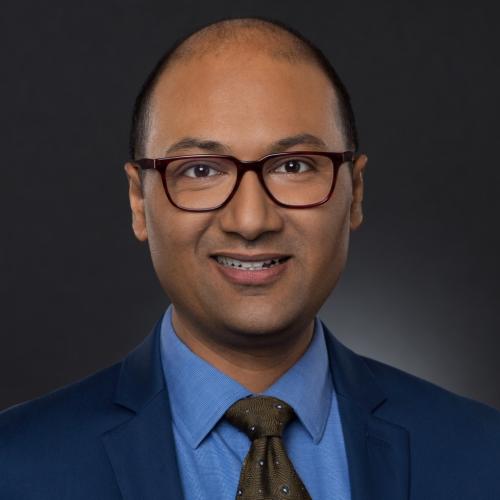The semiconductor industry is experiencing unprecedented growth, and this growth comes with significant challenges—more design starts, rising design complexities, shorter time-to-market, and a shrinking talent pool. To address these challenges, semiconductor companies are turning to AI-powered EDA solutions. While mainstream AI & GenAI technologies have seen rapid consumer adoption, adapting these AI technologies for EDA use cases is not straightforward due to stringent quality requirements for semiconductor design.
Ideally, EDA AI solutions that provide productivity boosts to chip designers and engineers should (a) seamlessly analyze design and verification data, (b) optimize complex processes, and (c) generate better designs. Across these functional areas, we will discuss illustrative ML, GenAI, and Agentic approaches. Additionally, we will also discuss the challenges associated with AI adoption, including data availability, model interpretability, and computational demands.
Further, we will discuss the grand vision of having a purpose-built centralized EDA AI platform. Such a platform framework can be very powerful by combining sophisticated foundational models or even IC domain-specific foundational models with a multimodal data lake to bring GenAI capabilities to push the boundaries of semiconductor innovation, paving the way for more efficient, scalable, and intelligent design processes.
Join us to explore the capabilities of EDA AI and see what the future holds!

Ankur Gupta
Ankur Gupta is Senior Vice President and General Manager of Digital Design Creation at Siemens EDA. This includes Test, Embedded Analytics, Digital IC design, Power Optimization, and Power Integrity Analysis. Formerly he was head of Product Management and Applications at Ansys, Semiconductor and Head of Applications Engineering for Digital Implementation & Signoff at Cadence Design Systems.
Ankur has 20+ years of experience in EDA, working on some of the industry’s most innovative Test, Digital Design, Implementation and Signoff products. He holds a Master’s Degree in Electrical and Computer Engineering, from Iowa State University.